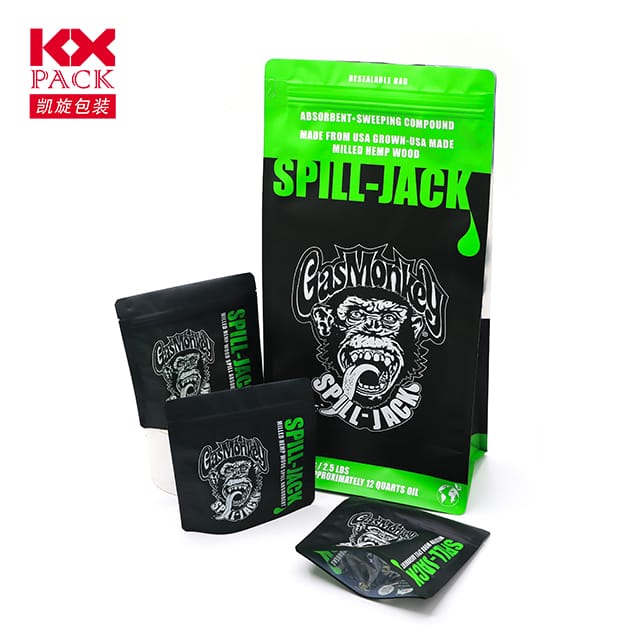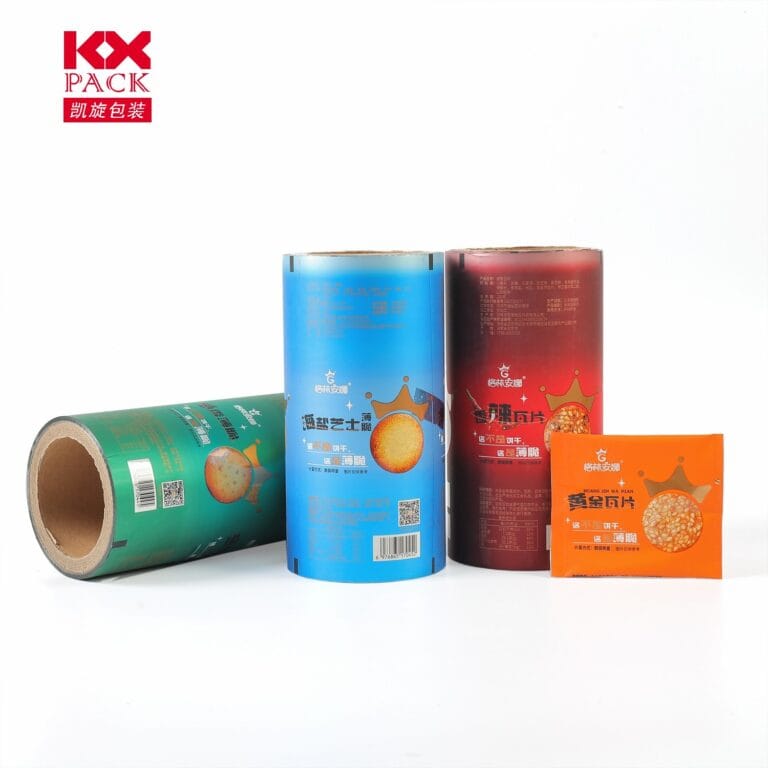חקר את עולם הסרט איטום רול: יישומים, חידושים, ומגמות שוק
Sealing Roll Film
In the packaging and manufacturing industries, סרט האיטום התגלה כטכנולוגיית אבן פינה, מהפכה כיצד נשמרים מוצרים, מוּגָן, והוצג. מאריזות מזון לציוד רפואי, סרט איטום גליל ממלא תפקיד חיוני בהבטחת שלמות המוצר, הרחבת חיי המדף, ושיפור הערעור הצרכני. This blog post delves into the various aspects of sealing roll film, including its definition, יישומים, חומרים, חידושים, and market trends.
Understanding Sealing Roll Film
Sealing roll film, often referred to simply as roll film, is a type of packaging film supplied in rolls. It is designed to be used in automatic packaging machines, where it is fed through a series of rollers and heated sealing bars to create airtight seals around products. This process ensures that the contents remain fresh, free from contamination, and protected from external elements such as moisture, אוֹר, and oxygen.
Applications of Sealing Roll Film
The applications of sealing film are vast and diverse, spanning across multiple industries. In the food industry, sealing roll film is extensively used for packaging snacks, candies, קָפֶה, תֵה, and even wet wipes. לדוגמה, in small shops selling cup-packaged tea or porridge, on-site packaging sealing machines utilize roll film to create secure seals, preserving the freshness of the contents.
In the medical sector, sealing film is crucial for packaging medical supplies such as dressings, instruments, וערכות אבחון. The film’s excellent barrier properties ensure that the medical products remain sterile and safe for use. בנוסף, sealing roll film is used in the pharmaceutical industry for packaging medications, ensuring their efficacy and stability during storage and transportation.
Materials and Types of Sealing Roll Film
Sealing roll film can be made from a variety of materials, each offering unique properties suited to specific applications. The most common materials include:
- פוליאתילן (פ): Known for its flexibility, toughness, and moisture resistance, PE is widely used in food packaging roll film. It is available in different densities, such as low-density polyethylene (LDPE) and linear low-density polyethylene (Llde), each offering varying degrees of strength and clarity.
- פוליפרופילן (עמ'): PP is another popular material for sealing roll film, especially in applications requiring high heat resistance and chemical resistance. It is commonly used in the packaging of medical supplies and industrial products.
- פוליוויניל כלוריד (PVC): PVC shrink film rolls are used for packaging irregularly shaped products, providing a tight, shrink-wrapped fit. They are often used in the packaging of toys, מַכשִׁירֵי כְּתִיבָה, and hardware items.
- Composite Films: These are made by laminating different layers of materials together to create a film with enhanced properties. לדוגמה, a composite film might consist of a layer of PE for moisture resistance, a layer of aluminum foil for light and oxygen barrier, and a layer of PET for strength and clarity.
Innovations in Sealing Roll Film
Recent advancements in sealing roll film technology have focused on improving its performance, קיימות, ופונקציונליות. Some notable innovations include:
- Heat-Sealable Films: These films are designed to be sealed using heat, providing a strong, hermetic seal that is resistant to leakage and contamination. Heat-sealable films are available in both single-surface and double-surface configurations, offering flexibility in packaging design.
- Easy-Peel Films: These films feature a peelable layer that allows consumers to easily open the package without the need for scissors or other tools. Easy-peel films are particularly popular in the food industry, where convenience is a key selling point.
- Sustainable Films: With increasing environmental concerns, there is a growing demand for sustainable sealing roll film. Manufacturers are developing films made from biodegradable or compostable materials, reducing the environmental impact of packaging waste.
- סרטים חכמים: These films incorporate sensors or indicators that can monitor the condition of the packaged product, such as temperature, humidity, or freshness. Smart films offer enhanced product tracking and quality control, ensuring that consumers receive products in optimal condition.
Market Trends and Future Outlook
The sealing roll film market is experiencing steady growth, driven by increasing demand from various industries. According to a report by QYR (恒州博智), the global high-performance sealing market, which includes sealing roll film, is expected to grow at an average rate of 3.94% מ 2023 ל 2029, reaching a market size of 412.91 billion yuan by 2029.
The Asia-Pacific region is a major consumer of sealing roll film, with China being one of the largest markets. The growth in the region is fueled by factors such as rising consumer spending, urbanization, and increasing demand for packaged goods.
In terms of future trends, the sealing roll film market is likely to witness continued innovation in materials, technologies, ויישומים. Manufacturers will focus on developing films with improved performance, קיימות, and functionality to meet the evolving needs of customers. בנוסף, the integration of smart technologies into sealing roll film will open up new opportunities for product tracking, בקרת איכות, ומעורבות צרכנים.
סיכום
Sealing roll film is a versatile and essential technology in the packaging and manufacturing industries. Its ability to create airtight seals, protect products from external elements, and enhance consumer appeal makes it an indispensable component of modern packaging solutions. With ongoing innovations in materials, technologies, ויישומים, the future of sealing roll film looks promising, offering new opportunities for growth and development in various industries. As the demand for packaged goods continues to rise, sealing roll film will undoubtedly play a crucial role in meeting the evolving needs of consumers and businesses alike.







